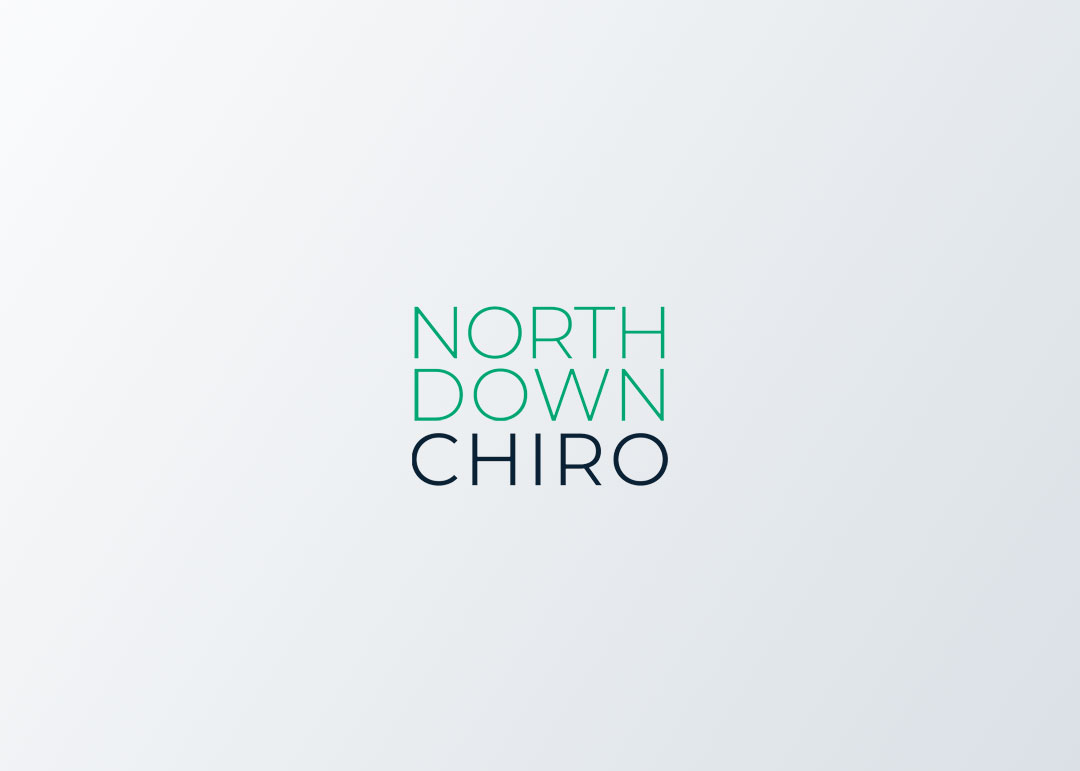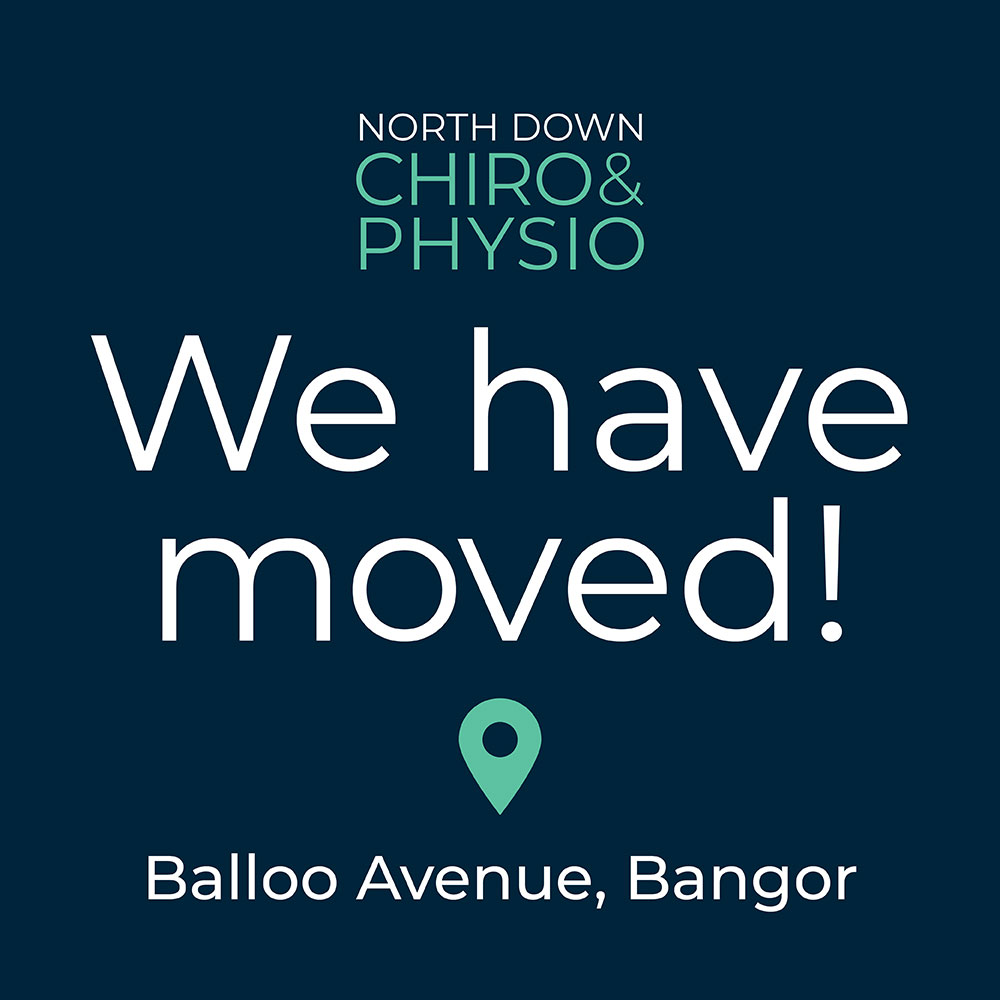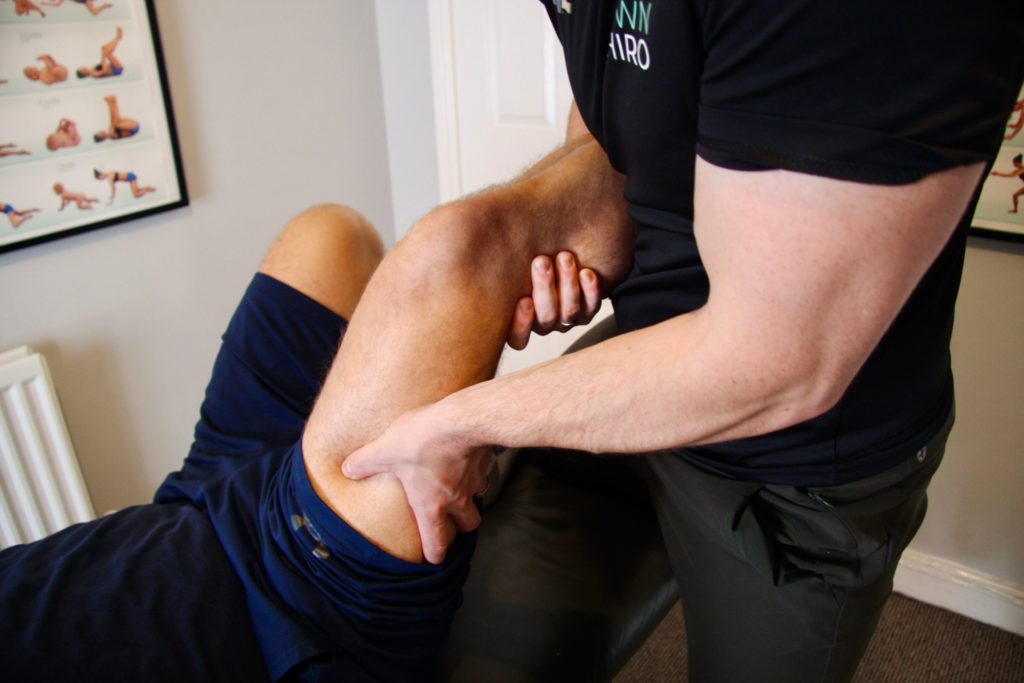
Running is one of the most popular and accessible forms of exercise, but it’s not without its challenges. For many runners, hip pain is a common issue that can side-line training and even lead to long-term injury if not addressed properly. If you’re dealing with hip pain as a runner, physiotherapy could be the solution you need to relieve discomfort, restore function, and get back to your running routine. In this blog, we will explore the causes of hip pain in runners and how we can help here at the clinic.
Understanding Hip Pain in Runners
In the clinic, we frequently encounter patients with various hip pathologies, often stemming from factors such as overuse, poor running mechanics, muscle imbalances, and prior injuries. Below are some of the most common causes of hip pain in runners that we typically see:
· Overuse Injuries: Repeated stress from running, especially on hard surfaces, can lead to overuse injuries like hip tendinitis or bursitis.
· Iliotibial Band Syndrome (ITBS): A tight IT band (the connective tissue running along the outer thigh) can irritate the hip and cause pain, particularly during running.
· Hip Flexor Strain: Overactive or tight hip flexors can lead to strain and discomfort in the front of the hip.
· Trochanteric Bursitis: Inflammation of the bursa (a small fluid-filled sac) on the outside of the hip can cause sharp, localized pain.
· Labral Tears: The hip labrum is a ring of cartilage that stabilizes the hip joint. Tears in the labrum, though more common in athletes who do dynamic movements, can cause deep pain and discomfort during running.
· Muscle Imbalances: Weak or tight muscles, especially in the core, glutes, or quadriceps, can alter running mechanics and place stress on the hip.
Understanding the root cause of your hip pain is essential for effective treatment.
How Physiotherapy Can Help with Hip Pain
In the clinic we use a non-invasive approach to treating hip pain in runners. We conduct a thorough assessment of your movement patterns, running mechanics, and overall posture to identify contributing factors to your hip pain. Based on this assessment, a tailored treatment plan is designed to address your specific needs.
What do we offer at North Down Chiro and Physio:
1. Addressing Muscle Imbalances
One of the key goals is to identify and correct muscle imbalances. Weakness in certain muscles, such as the glutes or hip abductors, can lead to altered biomechanics during running, which increases stress on the hip. We can design strengthening exercises to target these muscles, improving stability and reducing the strain on your hips.
Example Exercises:
· Clamshells: Strengthen the gluteus medius, a key muscle for hip stability.
· Bridges: Target the glutes and core to improve pelvic alignment.
· Side-lying leg lifts: Strengthen the hip abductors.
2. Improving Flexibility and Mobility
Tight muscles and restricted joints can limit your running range of motion and contribute to hip pain. We incorporate stretching, manual therapy, and mobility exercises to improve flexibility and restore optimal movement patterns.
Example Techniques:
· Hip Flexor Stretch: Aimed at releasing tightness in the hip flexors, which often become shortened from prolonged sitting or overuse.
· Foam Rolling: Using a foam roller on the IT band, quads, and hamstrings can improve flexibility and reduce muscle tightness.
3. Biomechanical Assessment and Gait Analysis
We can analyse your running form to identify any inefficiencies or faulty mechanics that might be contributing to your hip pain. Small adjustments to your posture, stride, and foot strike can make a big difference in reducing hip strain.
Possible Adjustments:
· Foot Strike: Changing the position of your foot during landing to reduce impact on the hips.
· Pelvic Positioning: Ensuring that your pelvis remains level while running to reduce stress on the hip joint.
4. Manual Therapy
Sometimes hip pain is related to joint stiffness or soft tissue restrictions. Manual therapy techniques, such as joint mobilisations and soft tissue massage, can help relieve pain, improve joint movement, and promote healing in the affected area.
5. Gradual Return to Running
Once your hip pain begins to subside, we will help you return to running in a safe, progressive manner. This often involves a gradual increase in intensity, ensuring that your body is ready for more strenuous activity.
Some Key Strategies for Preventing Hip Pain in the Future
Once we have addressed your current hip pain, we can help you implement strategies to reduce the risk of re-injury. Here are a few tips for keeping your hips healthy while running:
1. Strengthen the Glutes and Core
A strong core and glutes are essential for maintaining good posture and running form. Weakness in these areas can lead to compensation patterns that stress the hips.
2. Cross-Train Regularly
Incorporating cross-training activities, such as swimming, cycling, or strength training, can reduce the repetitive strain on your hips that comes from running.
3. Focus on Flexibility
Incorporate regular stretching and foam rolling into your routine to keep your muscles supple and prevent tightness from building up in the hips, quads, hamstrings, and IT band.
4. Wear Proper Footwear
Shoes that provide proper support for your foot arch and running style can help reduce unnecessary strain on your hips. A physiotherapist or podiatrist can help assess your footwear needs.
5. Listen to Your Body
Don’t ignore early signs of hip discomfort. Taking rest days when needed, addressing tightness with stretching, and seeking treatment early on can help prevent more severe injuries down the line.
Conclusion: Running Without Hip Pain is Possible!
Hip pain is a common concern for many runners, but it doesn’t have to end your running journey. With the help of physiotherapy, you can identify the root cause of your pain, treat it effectively, and work toward a pain-free, efficient running form. Through strength training, mobility work, biomechanical adjustments, and injury prevention strategies, you can not only alleviate hip pain but also run smarter and longer.
If you’re a runner experiencing hip pain, contact the clinic to get started on the road to recovery. The right treatment plan can help you get back to doing what you love without the constant worry of pain holding you back
More Posts
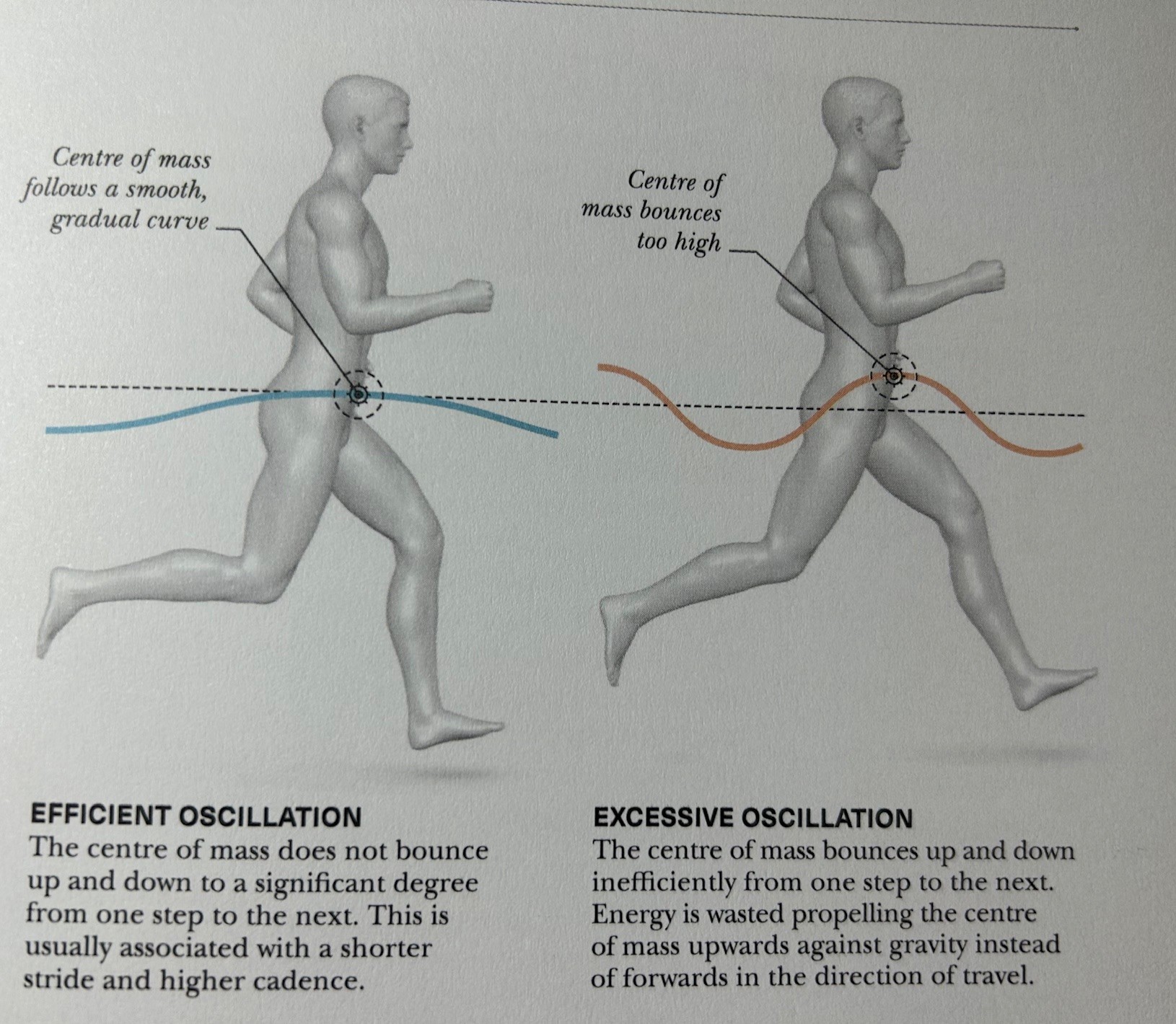
Running blog: Part two

Running and Injury mechanics
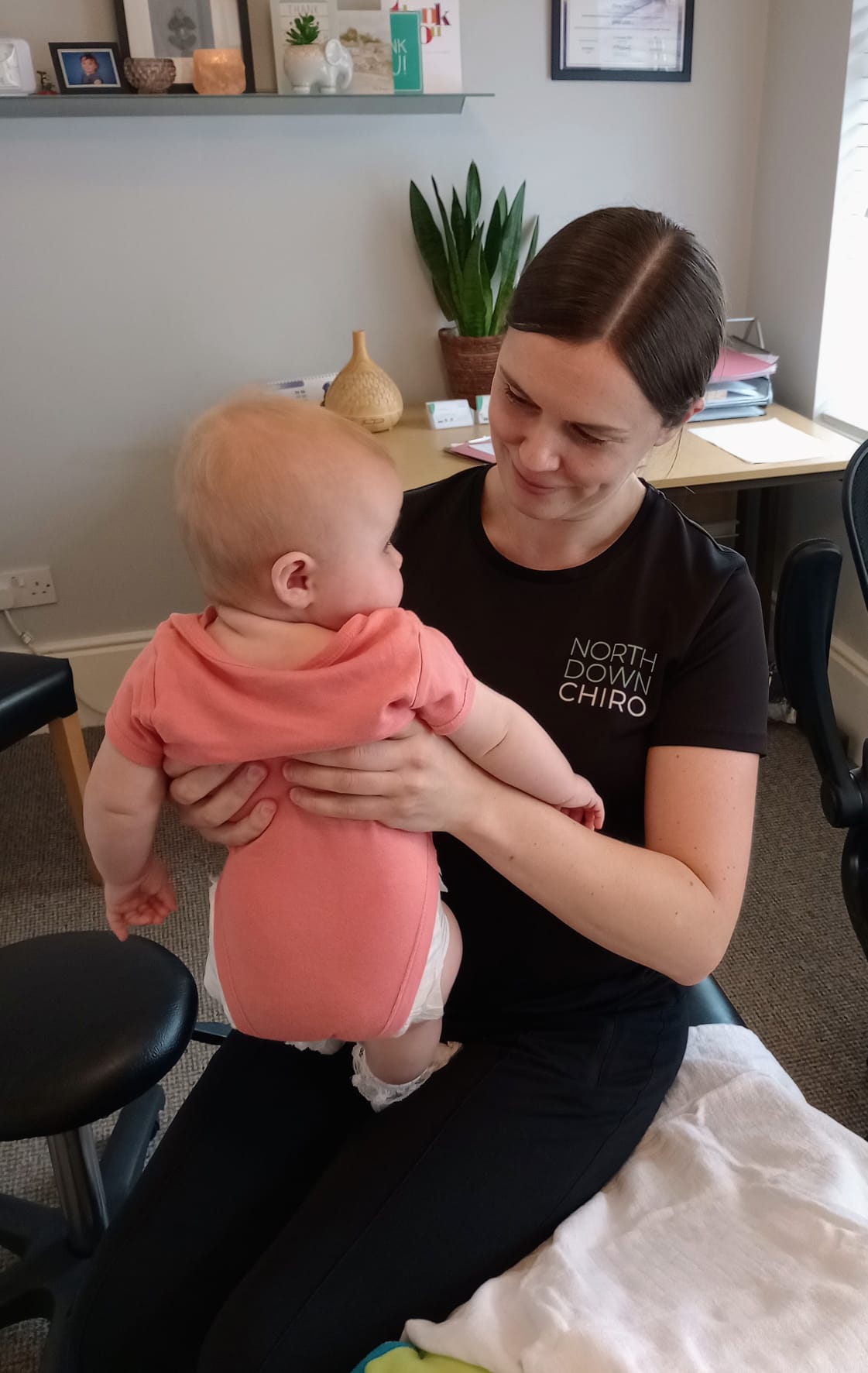
Parenting ‘Perils’
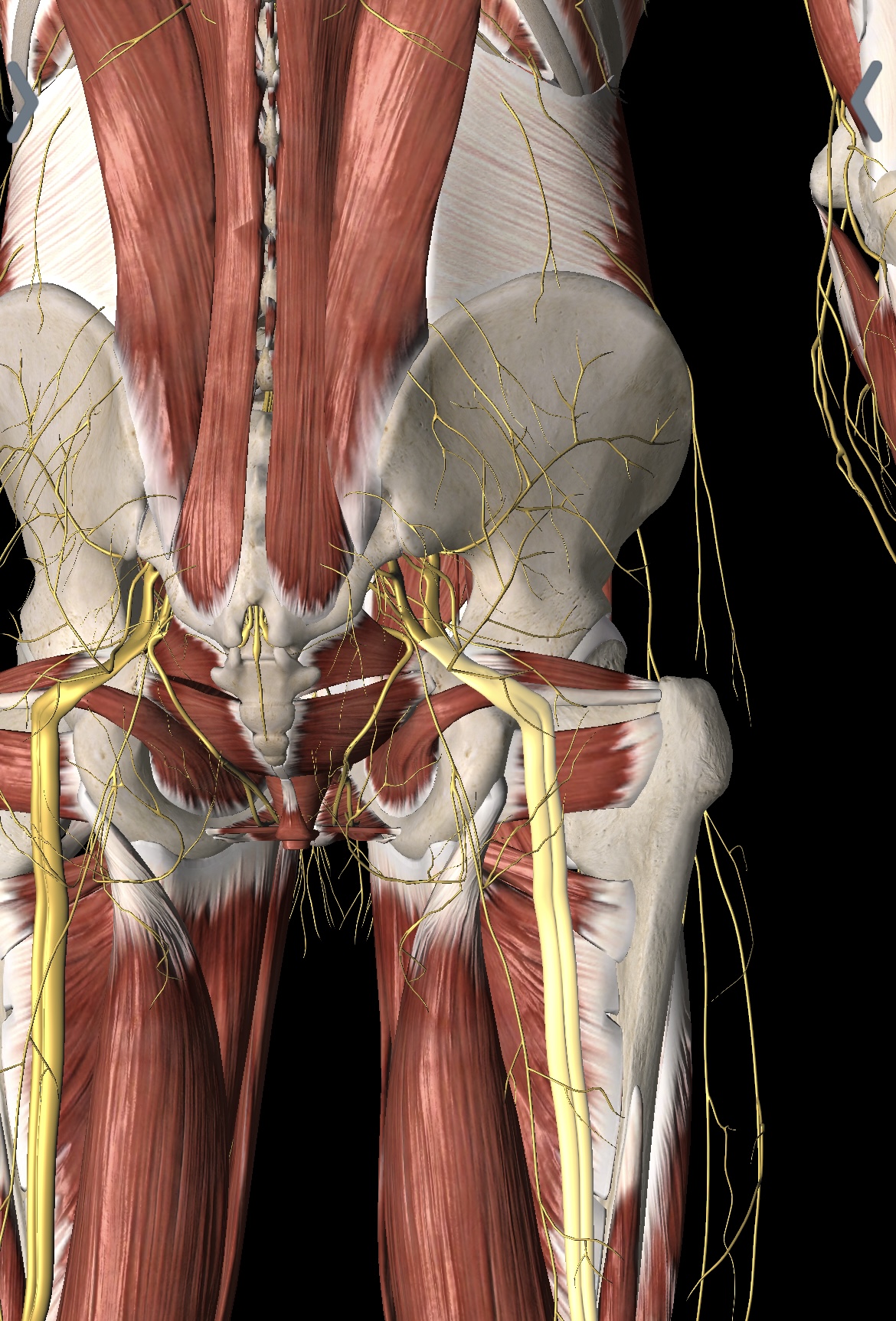
Sciatica explained

Osteoporosis/Bone thinning
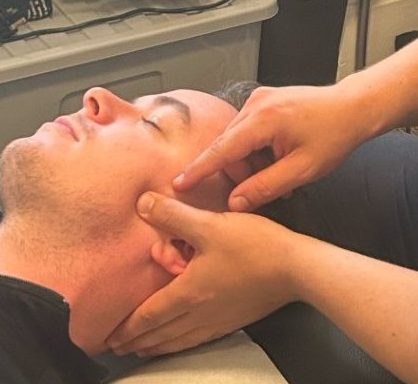
Physiotherapy for Jaw pain/TMJ
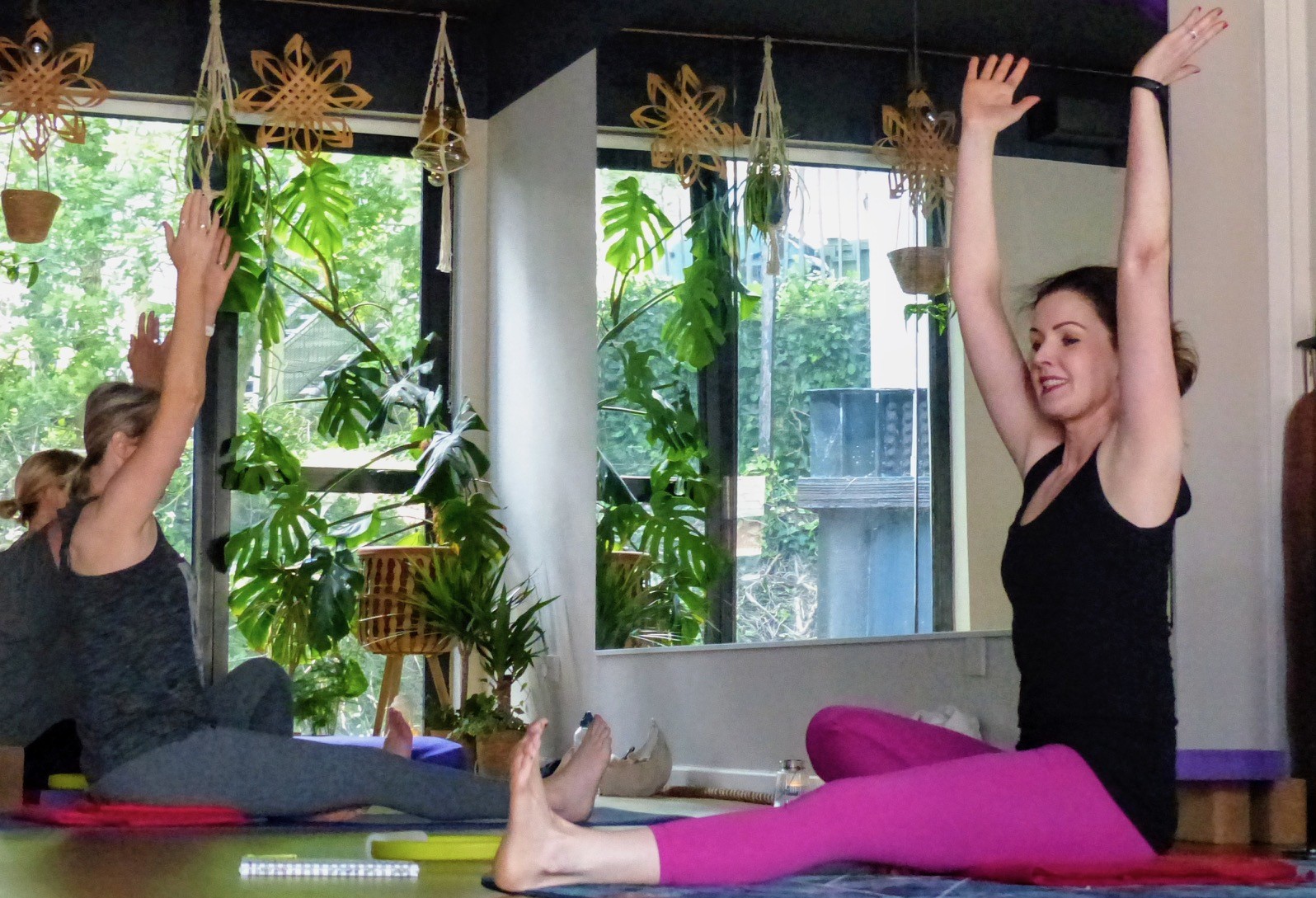
Pilates now available
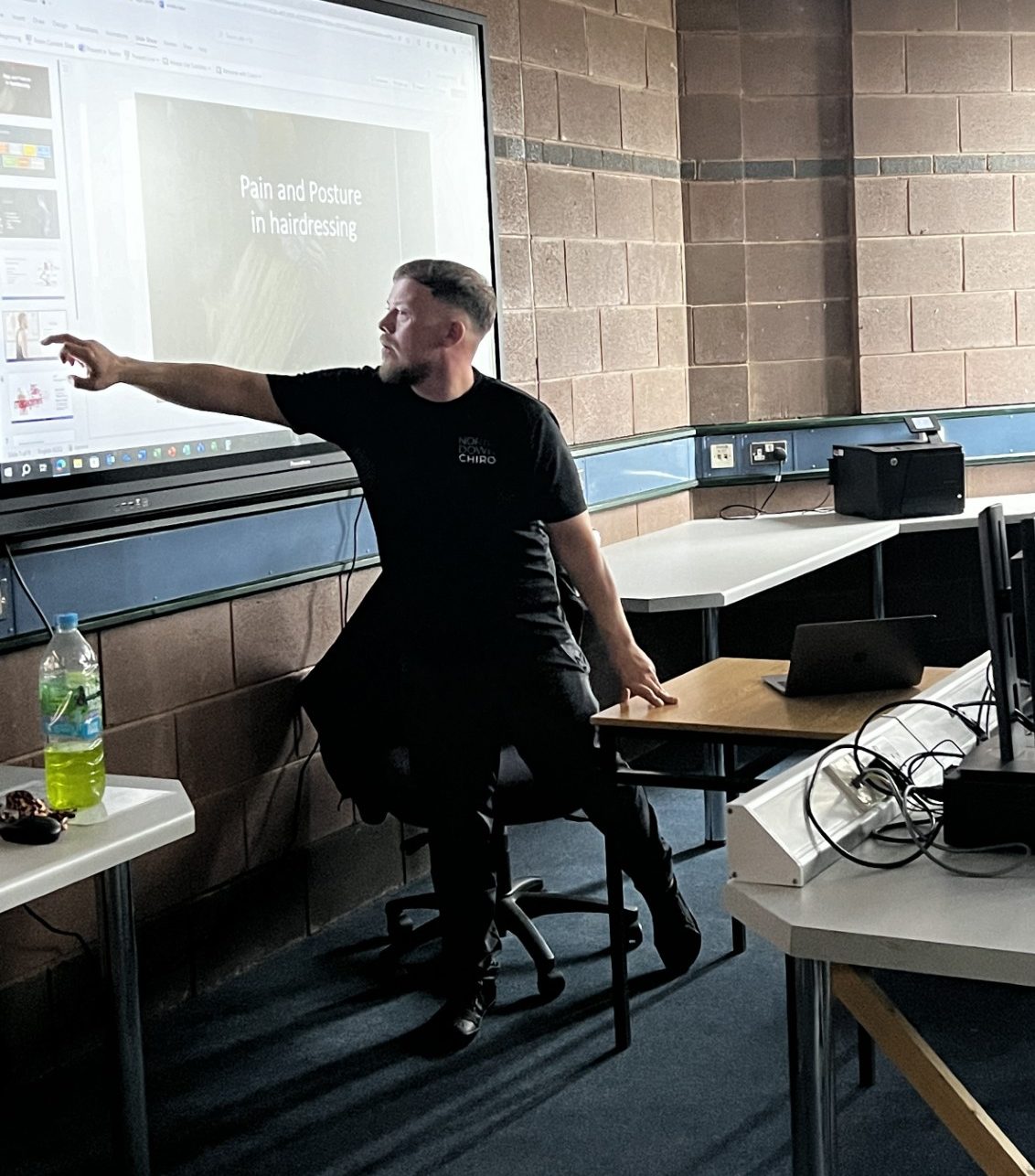
Physiotherapy, Pain and hairdressing
